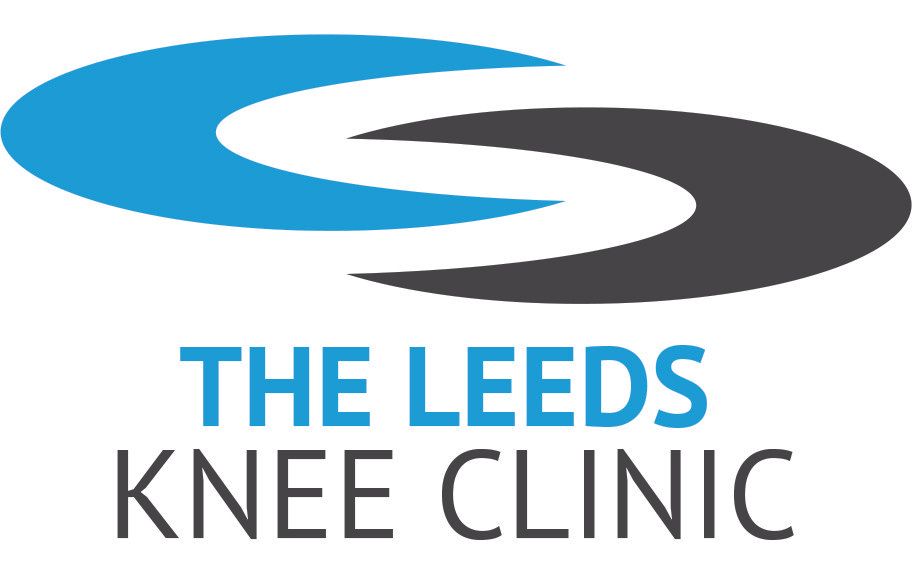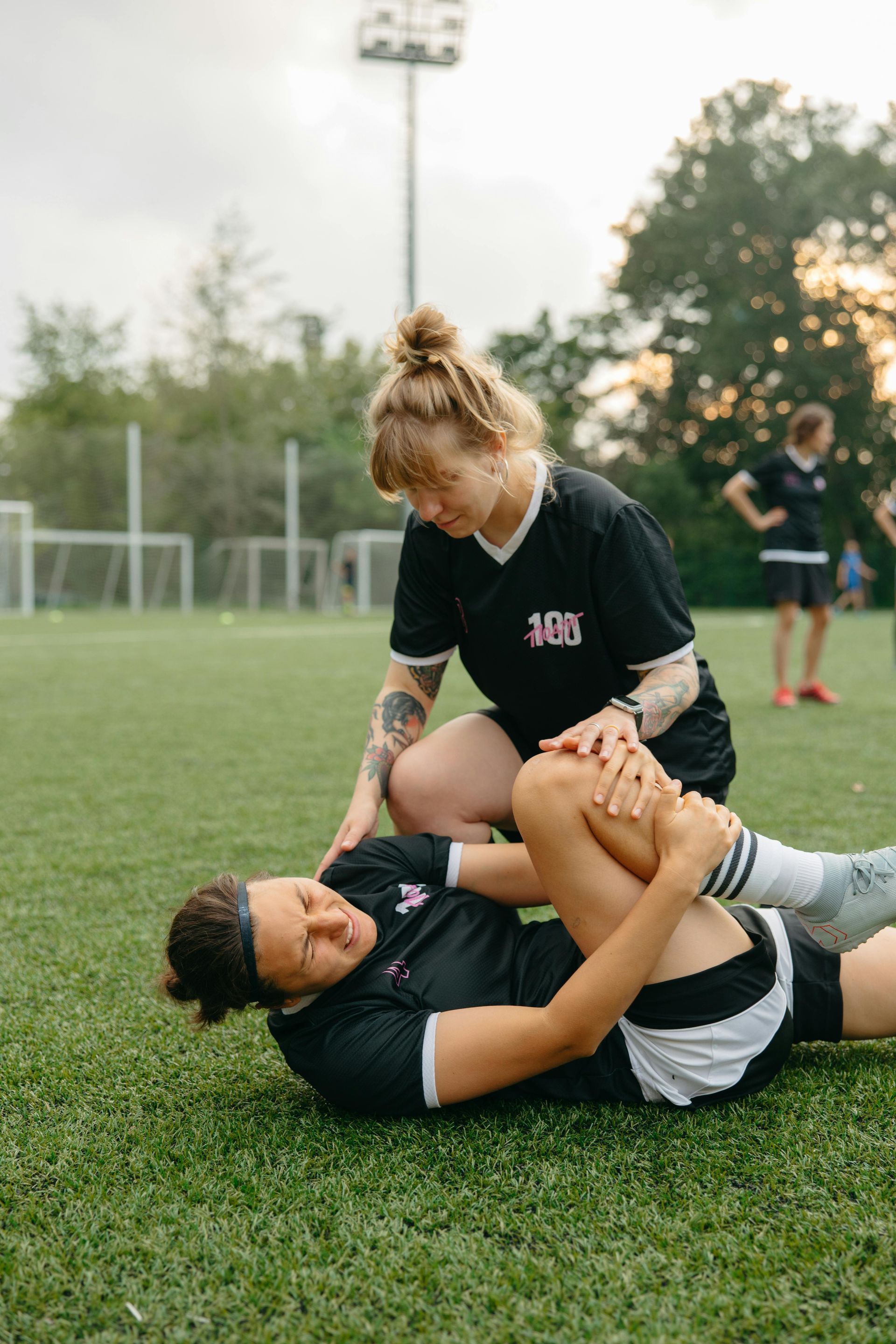Women's ACL Injuries in Professional Football
The Burden of ACL and Thigh Injuries in Elite Female Footballers
As Women’s Euro 2025 starts, everyone is hopeful of watching top-flight football from Europe’s best female players. There is unfortunately the likelihood that there will be a renewed focus on the burden of injuries that may be sustained by players during this tournament.
For some time now, there has been focus on the differences between both the rate and the burden of injuries such as anterior cruciate ligament (ACL) rupture and thigh injuries between elite female footballers and their male counterparts. It is widely known that the rate of such injuries in females far exceeds the rate in males, and as a result of these differences, there has justifiably been a lot of focus on the possible reasons for these differences over the past few years.
In 2024, The British Journal of Sports Medicine (BJSM) published an open access paper looking at the number and burden of injuries sustained by women elite footballers playing for UEFA clubs. The paper (Hallén et al, 2024) looked at the extent of injuries sustained and the burden of time-loss from them across 596 players from 15 teams through consecutive seasons starting with 2018/19 through to 2021/22. The results showed that over 1500 injuries were sustained in 463 players with an incidence of 6.7 injuries per 1000 hours, and a surprising fourfold increase during matchplay compared to training sessions. Thigh muscle injuries were the most common (quadriceps and hamstring tears at 12% and 11% respectively) whilst ACL ruptures were the most burdensome, with a rate of 38 days lost per 1000 hrs, and a median 292 days lost (range 246-334) per ACL injury. The time loss from ACL rupture (and the likely treatment in this group of elite players probably equating to operative reconstruction) averages 9-12 months out of the game, a significant loss for both athlete and club.
*Hallén A, Tomás R, Ekstrand J, et al UEFA Women’s Elite Club Injury Study: a prospective study on 1527 injuries over four consecutive seasons 2018/2019 to 2021/2022 reveals thigh muscle injuries to be most common and ACL injuries most burdensome British Journal of Sports Medicine 2024;58:128-136.
Contributing Factors to ACL Injuries in Female Players
- Anatomy and Biomechanics: Differences in anatomy, such as wider hips and a different leg angle into the knee, may play a role, but research is ongoing to determine their significance.
- Hormones: Fluctuations in hormones, particularly oestrogen, during the menstrual cycle, can affect joint stability and potentially increase the risk of injury.
- Gender Disparities: Factors like access to training, sports science support, facilities, and rehabilitation protocols may differ between male and female athletes and influence injury rates.
- Workload: Increased workload and the demands of modern football, including high-intensity actions and quick movements, can contribute to the risk of injury.
- Environmental Factors: Pitch quality and the type of footwear (e.g., shoe-surface traction) have also been identified as potential contributing factors.
Addressing the Issue
- Research: Organisations like FIFA and UEFA are investing in research to understand the specific factors that contribute to ACL injuries in female players.
- Targeted Training and Rehabilitation: There is a growing focus on developing training programs and rehabilitation protocols specifically tailored to the female body and its biomechanics.
- Pitch and Equipment: Optimising playing surfaces and equipment, such as football boots, to better suit the needs and physical characteristics of female players is an area of focus.
- Education and Awareness: Increasing awareness among players, coaches, and medical staff about the risks and preventative measures is crucial.
To conclude, ACL injuries are a serious challenge in women's football, and addressing this issue requires a multi-faceted approach that considers anatomical, hormonal, environmental, and training-related factors. Ongoing research and targeted interventions are essential to protect the health and well-being of female footballers.There is no clear “single cause” as to why female elite football players have a higher incidence of ACL rupture versus their male counterparts, but it is hopeful that by focusing on proven injury prevention techniques during training, in addition to optimising strength and conditioning rehabilitation following thigh injuries, that the burden of ACL rupture sustained away from match conditions can be reduced into the future.


